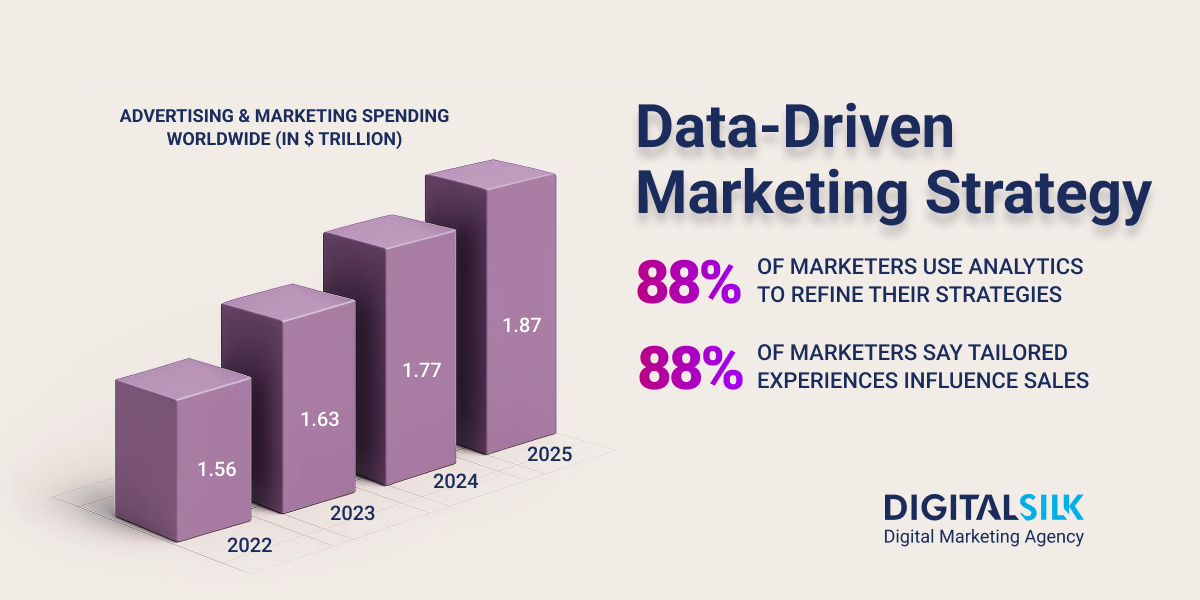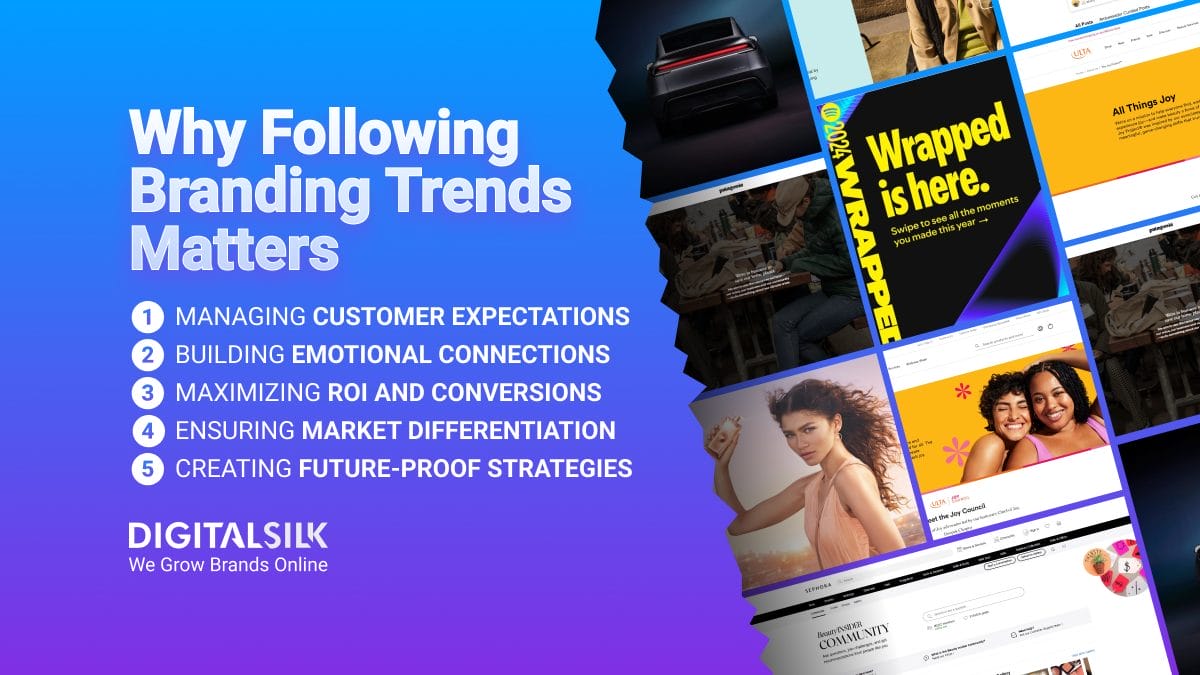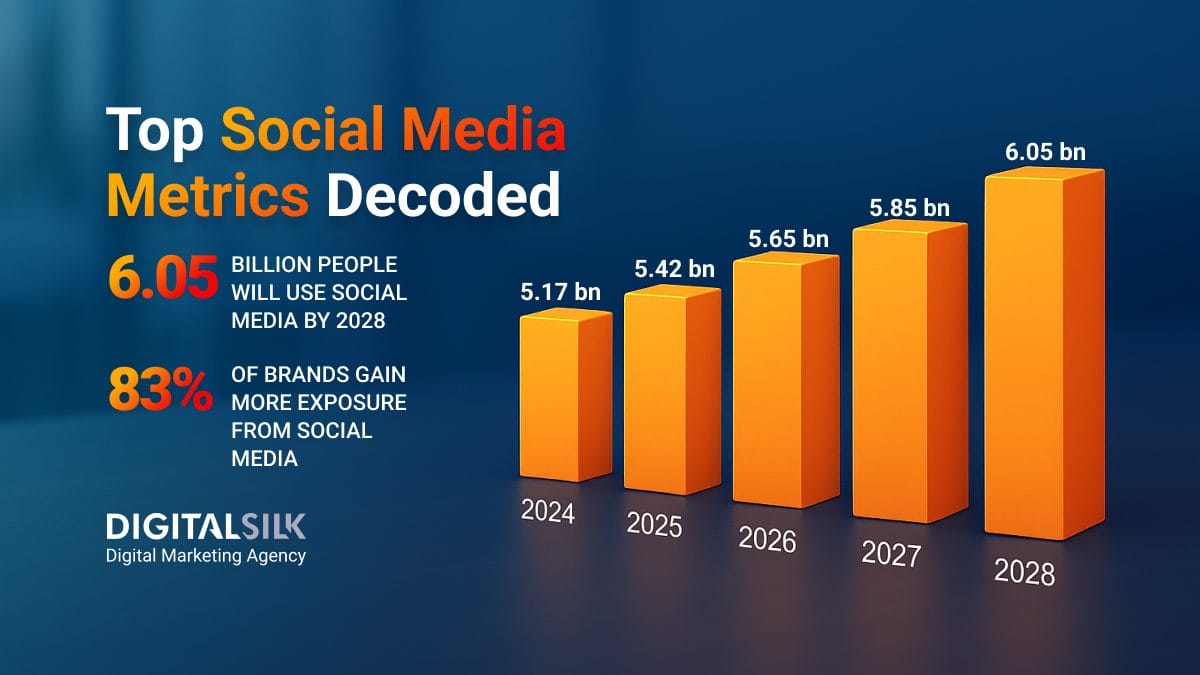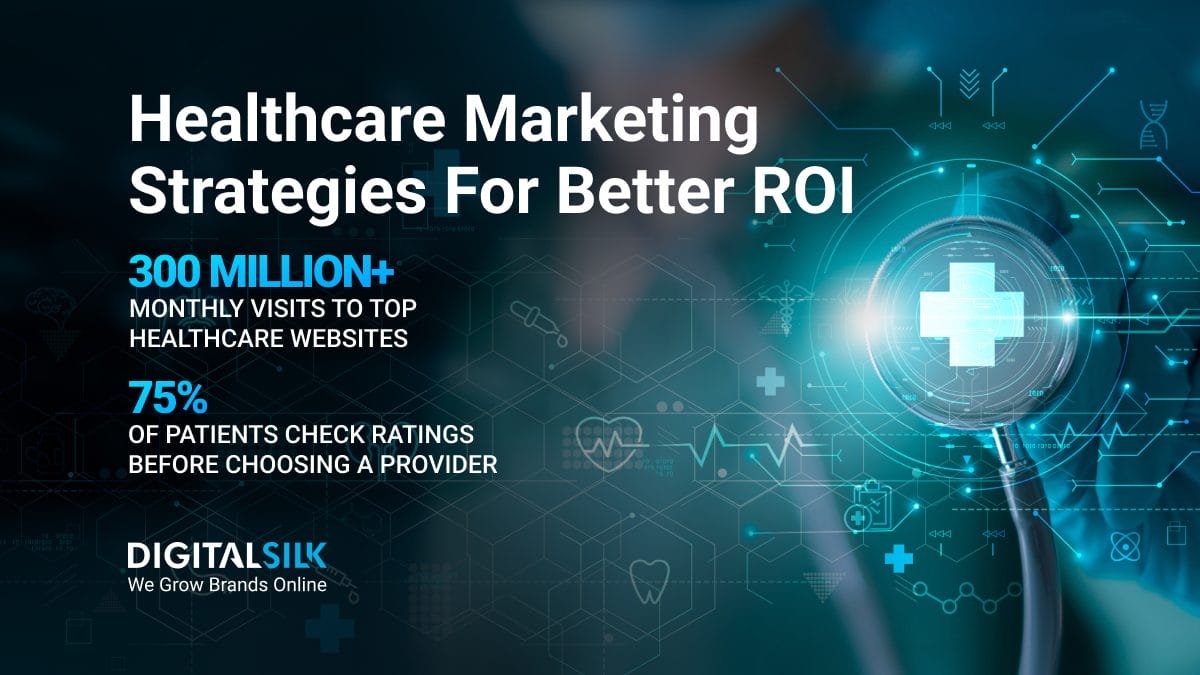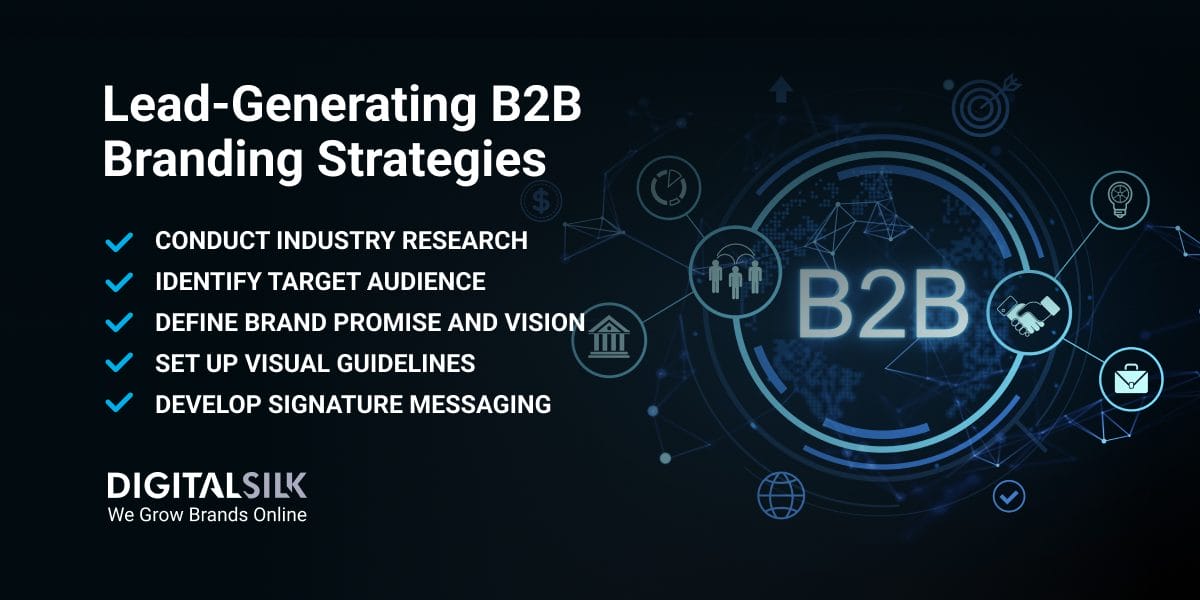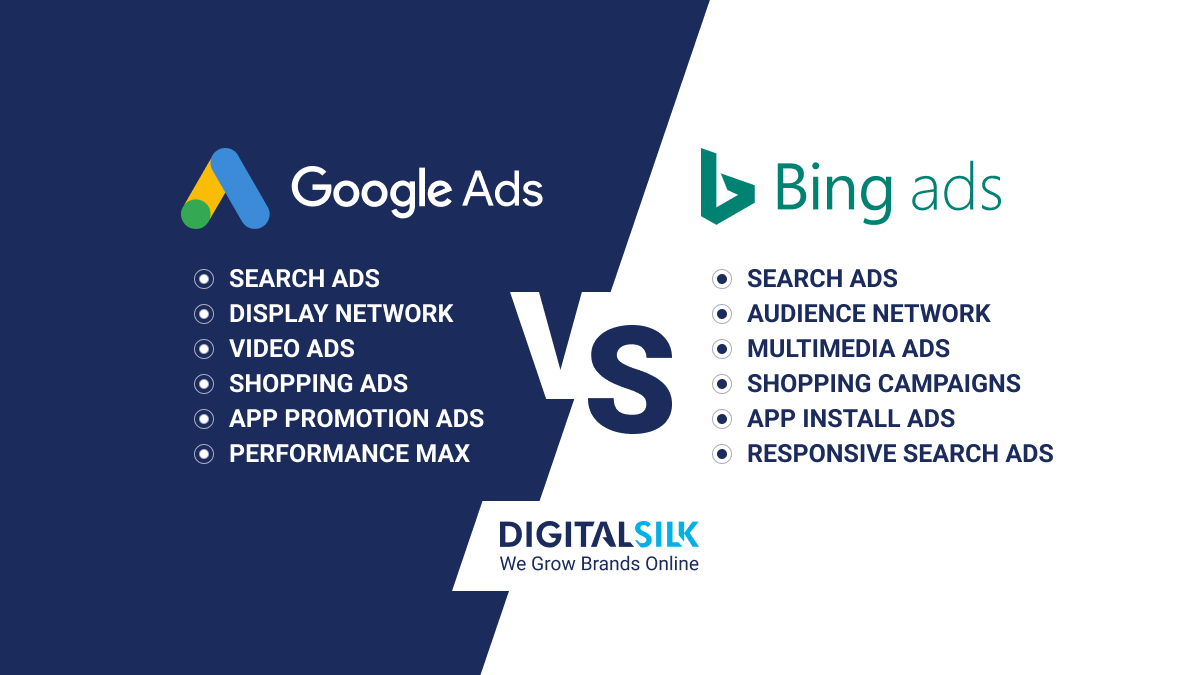Data-Driven Marketing Strategy: Key Highlights
-
Insight drives influence: Data turns marketing from a cost center into a strategic growth lever with measurable impact.
-
Precision beats volume: Targeting based on real behavior improves conversions without increasing spend.
-
Speed shapes outcomes: Faster decisions fueled by real-time data lead to tighter campaigns and better ROI.
How confident are you that your marketing strategy can defend its worth when growth stalls or budgets go down?
When performance is unclear, marketing is often the first place leadership cuts, even if it’s driving real value.
With global advertising and marketing spend projected to reach $1.87 trillion in 2025, every initiative you run is part of a much bigger financial equation.
In this post, we’ll explore how a data-driven marketing strategy influences Return on Investment (ROI) to command influence and drive measurable business outcomes.
How Data-Driven Digital Marketing Maximizes ROI
Too often, marketing reports describe what happened without explaining why it mattered.
A data-driven approach flips that script by giving you the visibility and control to shape outcomes, not just react to them.
Here’s how data-driven marketing campaigns support long-term ROI growth:
1. Enable More Precise Targeting
When you know exactly who you’re speaking to, marketing becomes less of a volume game and more of a relevance play.
Data allows you to move past assumptions and uncover what your audience values.
You’re not relying on generic personas or outdated firmographics — instead, you’re working from real behavioral cues, interest signals and demographic context to craft messaging that resonates.
As a result, you’re able to shift from broad campaigns to more specific and focused initiatives that reach customers at the right point in their journey.
With 88% of professionals using marketing analytics and measurement tools to refine their approach, precision has shifted from a competitive advantage to a baseline expectation for performance.
You start to see higher conversion rates not because the creative changed, but because it finally reached the people it was built for.
2. Enhances Customer Experience
Data enables you to treat customers as individuals by uncovering the patterns behind their pain points, behavior and intent.
With this visibility, marketing can design interactions that arrive at the right moment, carry the right message and reflect a clear understanding of who’s on the other end.
This way, relevance becomes a natural outcome of strategy, not an afterthought.
88% of marketers say tailored experiences influence sales, which reflects how quickly audiences tune out when messaging feels generic.
When data informs the tone, timing and format of your outreach, your campaigns feel thoughtfully executed rather than automated.
This execution goes beyond just improving performance metrics — it shapes perception, builds trust and increases the likelihood of repeat engagement.
3. Improves Campaign Efficiency
The value of data lies in its ability to guide timely decisions that directly affect outcomes.
Predictive models highlight which campaigns are likely to scale and which ones are falling behind, allowing you to shift resources before performance declines.
This approach keeps marketing efforts aligned with business goals, reduces waste and ensures that budgets are actively contributing to measurable results.
In fact, 70% of marketers planned to increase performance marketing spend in 2024, reflecting a broader shift toward strategies that demand transparency, adaptability and clear accountability.
In ROI-driven digital marketing, this level of responsiveness is what separates growth from inertia.
Efficiency also improves when decision cycles tighten. Instead of waiting for quarterly recaps, you can monitor performance as it happens and adjust creative, targeting or spend while campaigns are still ongoing.
The faster you learn, the faster you improve. When every adjustment is grounded in data, performance becomes repeatable, scalable and easier to defend in boardroom conversations.
3. Supports Smarter Budget Allocation
Data gives marketing the financial clarity that leadership expects.
When you can connect spend directly to pipeline movement or revenue contribution, conversations with finance become forward-looking rather than defensive.
This alignment matters more than ever, with 55% of CFOs naming long-term planning and budget allocation as a top priority.
As marketing brings performance models, scenario planning and clear reallocation logic to the table, it shifts from being seen as a cost to being treated as a strategic investment.
Real-time visibility into what’s working allows teams to act before budget is wasted or opportunities are missed.
Instead of relying on historical patterns or gut feel, budget decisions are based on evidence and tied to current performance.
This builds trust with executive leadership who are asking for greater accountability and enables marketing to stay agile without losing sight of broader business goals.
4. Strengthens Retention And Loyalty
Acquisition gets attention, but retention is where long-term value lives. Data helps you identify the characteristics and behaviors of your most loyal customers so you can double down on what keeps them engaged.
This isn’t about mass discounts or automated thank-you emails, but more about understanding preferences, predicting needs and responding with relevance that makes customers want to stay.
Since 90% of consumers are willing to interact with brands that offer incentivized engagement, marketers have a clear opening to build loyalty strategies rooted in personalization.
Data allows you to fine-tune these programs so that perks feel earned, not generic while communications feel thoughtful, not transactional.
Over time, this builds trust, increases lifetime value and turns your best customers into your best advocates.
Digital Silk’s Data-Driven Marketing Strategy Examples
Digital Silk works with businesses across industries to deliver results-focused digital marketing strategies that align with each brand’s goals, audience behavior and performance benchmarks.
1. G Pen

Digital Silk partnered with G Pen to create tailored marketing strategies for each product in their diverse portfolio, refining the website funnel and delivering segmented email and SMS campaigns across platforms like Klaviyo, Push Owl and Yotpo.
This strategic, multi-channel approach not only improved user experience but also aligned marketing efforts with distinct audience segments.
As a result, G Pen saw a 961% year-end return on marketing spend, with standout platform-specific gains including 31,500% ROMS from SMS campaigns.
2. Lifestyle

Digital Silk helped Lifestyle, an Emmy-winning production team behind Lifestyle with Roy Ice, transform its underperforming social presence by launching a short-form social media strategy on TikTok and Instagram.
By repurposing over 100 long-form episodes, introducing trend-driven storytelling and leveraging celebrity guest collaborations, the brand quickly gained traction with mobile-first audiences.
Within months, Lifestyle reached 1.2M+ video views, grew TikTok followers by 21k and hit a 4.2% engagement rate on Instagram.
3. Urbanna Landscaping

Digital Silk developed a geo-targeted paid media strategy for Urbanna Landscaping, focusing on high-value services like xeriscaping and landscape design to attract qualified leads in Santa Fe.
By refining ad targeting, optimizing budgets and aligning creative with local homeowner priorities, Urbanna saw a sharp lift in campaign efficiency and sales performance.
This resulted in over 300 qualified leads, a 66% increase in total sales and double the average client value, all within just a few months.
Best Practices For Launching A Data-Driven Marketing Strategy
Building effective data-driven marketing strategies starts with decisions about what you measure, how your team operates and whether your data tells a meaningful story.
The goal is to create a marketing function that informs business direction, earns internal trust and delivers consistent, measurable outcomes.
1. Define Clear, Measurable Objectives
When you define specific goals, such as increasing marketing-qualified lead (MQL) volume, improving conversion rates or reducing customer acquisition cost, it becomes easier to communicate expectations, track progress and adjust where needed.
Research shows that marketers who set goals are 377% more likely to report positive outcomes compared to those who do not.
Yet only 49% of marketers say they achieve their goals most of the time, which points to a persistent planning gap.
The issue often isn’t lack of ambition — it’s the lack of clear structure. Teams that document their objectives and revisit them regularly are far better positioned to deliver repeatable results.
2. Centralize Your Data Infrastructure
Marketing often collects data from several sources, but without a unified system, those insights remain fragmented.
Centralizing data from customer relationship management (CRM) platforms, website analytics, social channels and offline sources is what turns raw information into something decision-ready.
This consolidation allows leaders to view performance holistically, reduce blind spots and connect the dots across the buyer journey.
3. Prioritize Data Quality And Governance
No insight is better than its source. Poor data quality leads to flawed reporting, missed opportunities and misplaced budget.
Consistent field naming, regular audits and alignment with privacy regulations are the foundation of a marketing operation that leadership can rely on.
Governance is an ongoing responsibility. Including simple checklists in onboarding materials and reviewing them twice a year can make a measurable difference.
When every team member understands their role in maintaining data integrity, the results show up in campaign precision and strategic planning alike.
3. Invest In The Right Tech Stack
Choosing marketing technology is not about having the most tools — it’s about having the right ones.
Whether it is for automation, analytics or testing, your tech stack should support both your current structure and your future goals.
HubSpot currently holds over 34% of the global market for marketing automation solutions, reflecting its ability to meet a range of business needs.
But choosing your tech stack should still come down to your workflow, your customer journey and your team’s ability to adopt and maintain the system.
A small-scale pilot can surface challenges early and give you leverage when negotiating with vendors.
4. Continuously Test and Optimize
Testing is most effective when it becomes part of how marketing operates, not something that’s added at the end.
Structured experimentation helps you understand which messages drive action, which creative elements influence behavior and which channels are worth continuing to invest in.
The goal is to replace assumptions with insight and make outcomes more predictable over time.
Optimization depends on consistent follow-through.
Maintaining a shared record of test outcomes helps teams learn from what worked and avoid repeating mistakes.
Reflecting on failed ideas is just as important as celebrating wins, since those moments often spark better solutions and more effective strategies.
Key Metrics To Track In A Data-Driven Marketing Strategy
Knowing what to measure is as important as having data. Tracking the right key performance indicators (KPIs) helps marketers optimize campaigns, justify spend, and ultimately drive ROI.
Here are the top KPIs to guide your marketing efforts:
- Customer Acquisition Cost (CAC): This metric indicates the cost of acquiring a new customer, calculated by dividing total marketing and sales expenses by the number of new customers acquired. A lower CAC indicates more efficient marketing performance.
- Customer Lifetime Value (CLTV): CLTV measures the total revenue a business expects from a single customer over the entire relationship. When CLTV significantly exceeds CAC, it signals sustainable growth and strong customer retention.
- Marketing Qualified Leads (MQLs): MQLs are leads who have shown a high level of interest or engagement and are more likely to become customers. Tracking MQLs helps assess the quality of marketing efforts and refine lead generation strategies.
- Conversion Rate by Channel: This metric tracks the percentage of users who take a desired action (e.g., purchase, sign-up) segmented by channel (email, social media, paid search, etc.). It helps identify which platforms drive the highest return.
- Return on Ad Spend (ROAS): ROAS evaluates the revenue earned for every dollar spent on advertising. It’s a direct measure of ad effectiveness and a crucial input for budget allocation decisions.
- Attribution-Weighted Revenue: This advanced metric distributes revenue credit across multiple touchpoints in the customer journey, rather than attributing the sale to a single interaction. It provides a more comprehensive view of marketing impact across various channels.
Common Challenges Of Measuring Marketing ROI
Data-driven marketing insights are only as strong as the systems behind them. But when those systems are fractured or incomplete, even the sharpest strategy can misfire.
1. Fragmented Attribution Models
Attribution gets messy fast when performance is spread across disconnected channels or measured by one-size-fits-all models.
It becomes hard to tell whether a campaign truly influenced the outcome or just happened to show up last.
Email and social drive 30% of total marketing ROI, yet that value often gets lost in oversimplified reporting.
Email alone returns $36 for every $1 spent, but without the right attribution model, it’s easy to miss what’s pulling its weight.
2. Incomplete Customer Journey Tracking
Cross-device behaviors, offline actions and external conversations can all obscure the true impact of your marketing.
Without ways to connect those dots, you’re often optimizing based on partial truths.
Mapping the full user journey often requires redefining how touchpoints are captured and categorized across teams.
Aligning with sales and customer success on what qualifies as meaningful engagement creates a shared foundation for interpreting results.
3. Lack Of Standardized KPIs
If every team defines performance differently, there’s no clear way to evaluate impact or improve on it.
When key performance indicators (KPIs) aren’t consistent, reporting becomes more about defending choices than understanding outcomes.
88% of marketers agree revenue is the top marketing metric, followed closely by customer satisfaction (87%), but agreement means little without alignment.
Establishing clear, strategic KPIs provides teams with direction, promotes alignment across functions and ensures marketing efforts are tied to strategic priorities.
Launch Data-Driven Digital Marketing With Digital Silk
Data-driven marketing clarifies which efforts drive revenue and which ones simply drain your resources.
It allows teams to course-correct early by spotting patterns tied to real outcomes, not just engagement.
Digital Silk uses the latest best practices and performance data to build marketing strategies that are measurable from day one and engineered for continuous impact.
As a professional digital marketing agency, our services include:
- SEO services
- PPC advertising
- Social media marketing
- Email marketing
Our team combines proactive project management with transparent communication to deliver tangible results for businesses across industries.
Contact our team, call us at (800) 206-9413 or fill in the Request a Quote form below to schedule a consultation.
"*" indicates required fields


